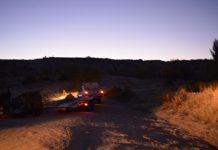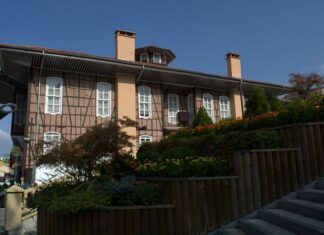Within the walls of the citadel, several important facilities are located. These include barracks for an artillery regiment, residences for the army commander and his staff, a school for non-commissioned officers, and a church that soldiers are required to attend. The headquarters of the military administration is also located here.
The citadel houses a memorial mosque built in honor of Hadji Mustafa, a former leader of Serbia in the early 19th century. Hadji Mustafa was well-liked by the people but was tragically murdered by the Janizaries (elite Ottoman soldiers) because he was seen as too just and liberal Private Tour Ephesus.
Roman History and the Ancient Well
The citadel contains many fascinating remnants from Roman times, some of the best-preserved examples in Europe. In the center of the citadel is a large well, which is 55 feet deep and filled with water at the same level as the nearby Danube River. To reach the water, you must descend 432 steps that wind down into the darkness. The well is surrounded by a thick brick wall, about three feet wide.
At the bottom, you will find a large chamber, likely used to store ammunition in the past. Although this well is nearly 2,000 years old, the brickwork is still in excellent condition. The Romans built it to ensure a steady water supply for the garrison during a siege The Servian Language and Cultural Identity.
Barracks, Towers, and History of Torture
Below the citadel walls, on the banks of the Danube, there are two large barracks. These barracks can house up to 2,500 soldiers and contain storage areas for gunpowder. Nearby, there is an old tower called the Nebojsche, also known as the “torture tower.” It is believed that this tower once had an underground connection with the citadel, but this has been filled in and forgotten for many years.
In the past, the Nebojsche tower was used for torturing and executing prisoners. Afterward, the bodies of the prisoners were thrown into the Danube River. The tower stands as a chilling reminder of Serbia’s past history of military punishment.
Military Service in Serbia
In Serbia, military service is compulsory for all young men who are physically fit. Upon reaching adulthood, every young man must serve two years in the active army, followed by eight years in the army reserve, and ten years in the national militia (or second reserve).
During peacetime, Serbia’s army consists of 35,640 soldiers. In times of war, however, the country can rely on a total of 322,501 men, including reserves. The army is organized and trained based on the Russian military model, and many of the Serbian officers have been trained by Russian military experts.







